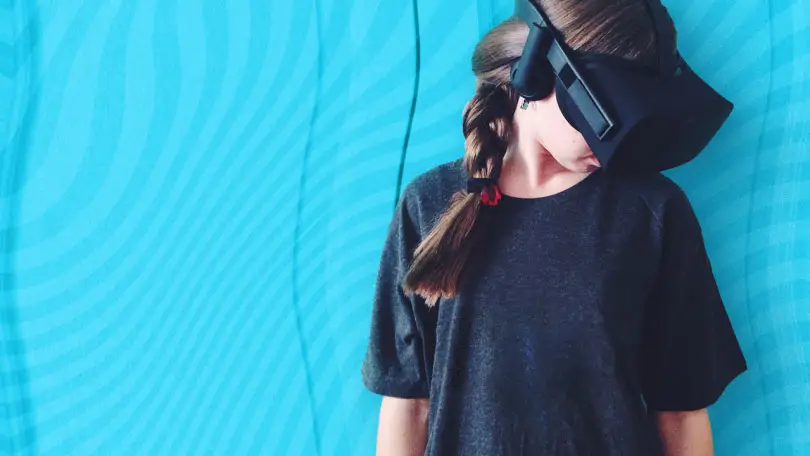Virtual Reality (VR) has become increasingly popular in recent years as a way to experience immersive computer-generated environments. However, one common issue that many people face while using VR technology is motion sickness. Motion sickness is a phenomenon that occurs when the brain receives conflicting signals about motion and balance. This can lead to symptoms such as nausea, dizziness, and vomiting. In this article, we will explore the causes of motion sickness in VR and ways to avoid it, with a focus on design as the key to minimizing motion sickness.
Causes of Motion Sickness in VR
Motion sickness in VR is caused by a mismatch between what the eyes see and what the body feels. In VR, the user’s eyes are seeing images that simulate movement, but the body is stationary. This can create a conflict between the visual and vestibular systems, which are responsible for balance and spatial orientation. When these systems receive conflicting signals, it can result in motion sickness.
Another factor that can contribute to motion sickness in VR is the field of view. If the field of view is too narrow, it can create a sense of tunnel vision, which can lead to nausea and dizziness. Similarly, if the frame rate of the VR headset is too low, it can cause a lag between the user’s movements and the images they see, which can also lead to motion sickness.
Design as the Key to Minimizing Motion Sickness
Design plays a critical role in minimizing motion sickness in VR. By designing VR experiences that minimize conflicts between the visual and vestibular systems, designers can reduce the likelihood of motion sickness.
One way to minimize conflicts is to design VR experiences that involve minimal movement. For example, experiences that involve sitting or standing still and observing a static environment are less likely to cause motion sickness than experiences that involve rapid movement or changes in direction. Additionally, designers can use techniques such as gradual acceleration and deceleration to minimize the impact of movements on the user’s vestibular system.
Another key factor in minimizing motion sickness in VR is the use of a wide field of view. A wide field of view can reduce the sense of tunnel vision that can contribute to motion sickness. Additionally, a high frame rate can reduce lag and improve the user’s sense of immersion, which can also help to minimize motion sickness.
Conclusion
Motion sickness in VR is a common issue that can be caused by a mismatch between the visual and vestibular systems. Designers can minimize the likelihood of motion sickness by designing VR experiences that involve minimal movement, using techniques such as gradual acceleration and deceleration, and using a wide field of view and a high frame rate. By prioritizing design that minimizes conflicts between the visual and vestibular systems, designers can create VR experiences that are enjoyable and immersive for users.

